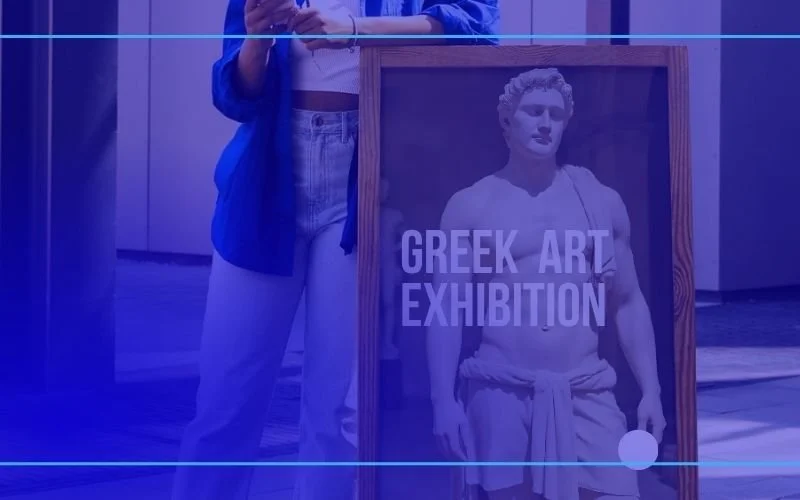Size matters, when it comes to the logo in your ads.
Ever wondered why marketers are so insistent on "making the logo bigger," often irritating designers?
Great ads don’t just look good, but designed with an understanding of how brands actually stick in our minds. Let's dive into the data to understand why.
Advertising is mostly about the long-game
Most people aren't ready to buy when they see your ad.
Research from the Ehrenberg-Bass Institute reveals that up to 95% of business clients are not in the market for many goods and services at any one time. This means in B2B services, where companies change providers roughly every five years, only about 5% of potential buyers are actively in-market in any given quarter.
Advertising isn't always about instant sales. Its real power lies in building and refreshing memory links to the brand. It's a long-term investment in mental availability, ensuring your brand is top-of-mind when the buying moment finally arrives. That "bigger logo" therefore isn't a whim or ego boost - it's a tactical way to maximize memory encoding for future competitiveness.
Out of sight, out of mind?
You've poured resources into designing great ads, but if people can't remember who it's for, that effort and budget are wasted.
The numbers are quite stark: Nielsen found a shocking 75% of consumers cannot correctly identify the TV ad and brand the day after exposure. Online, only 6% of online ads are later recalled, and a mere 16% of advertising is both recalled and correctly attributed to the brand in TV studies.
Why such low recall? Our brains struggle with information overload, and without a clear visual cue like a logo, attributing an ad becomes cognitively taxing.
A prominent logo, however, makes processing smoother and helps solidify it in your memory. It's about reducing that mental effort, ensuring your ad's message is effortlessly linked to your brand, and preventing your investment from being squandered.
Your logo is your brand's visual anchor
Logos are powerful visual symbols our brains process and remember more efficiently than text.
They act as visual shorthand, instantly triggering associations and emotions. This is fundamental to creating effective ads. A Latana study found that including brand logos increases brand recall by up to 50% in surveys. For instance, Bic's awareness recall plummeted by 50% when the logo was removed from a prompt. Beyond the logo, other Distinctive Brand Assets (DBAs) like unique colors, fonts and even music are vital. Campaigns leveraging DBAs show 62% higher ROI and uplifts of 34%, according to studies by Ebiquity and IPSOS.
It’s also about how you use it
In today's fast-paced digital world, timing is everything. With high skip-through rates, delaying showing your logo is a missed opportunity. A Facebook & Metrixlab study showed a 23% improvement in recall when brand presence was introduced within 3 seconds of an ad video.
Placement also matters. A Nielsen Norman Group study found Left-aligned logos lead to greater brand recall, with 39% recall compared to 21% for right-aligned logos on websites. It's not just about the size, but about being prominent and early, especially in dynamic digital formats, directly impacting the success of your ads that work.
Slight nuance when it comes to performance ads
Not all marketing efforts share the same goal. There's a key difference between brand advertising and direct response (performance) advertising.
Brand advertising aims for broad reach, building reputation, awareness, and long-term mental availability. Direct response (DR) advertising, on the other hand, targets immediate action: clicks, sales, or leads. It's about getting people to buy or convert, with a sharp focus on measurable ROI. While performance marketing seeks immediate action, brand awareness is often the first step in building a larger ad strategy. There's an overlap between both strands, and balancing them can improve overall performance.
For performance ads, the logo's role shifts to rapid brand identification and this needs to be balanced with the call-to-actions.
So, what does this mean for your next ad?
For an ad to truly resonate and deliver ROI, marketers must articulate their objectives. This clarity empowers designers to craft visuals that are not just beautiful, but strategically potent. When both sides understand the data-backed rationale, the creative tension transforms into a powerful synergy, leading to optimised advertising that maximises return on investment, ensuring every creative effort contributes meaningfully to brand growth and sustained business success.
Thank you for making it this far! Here’s more blogs for you to enjoy.


